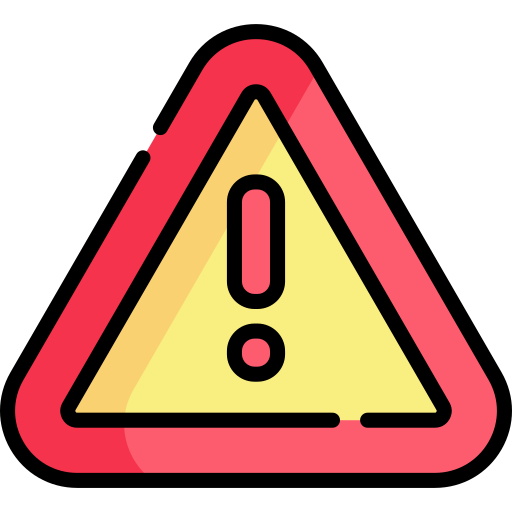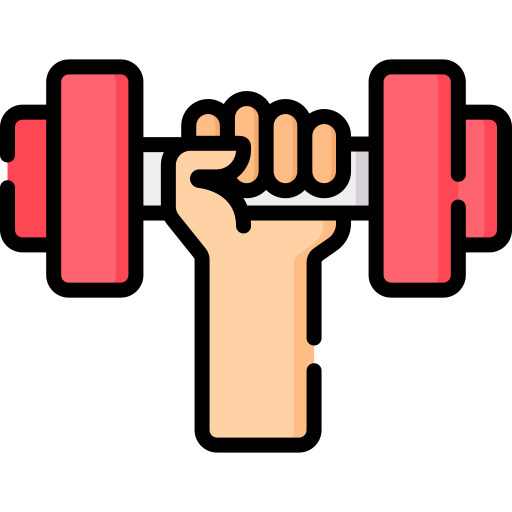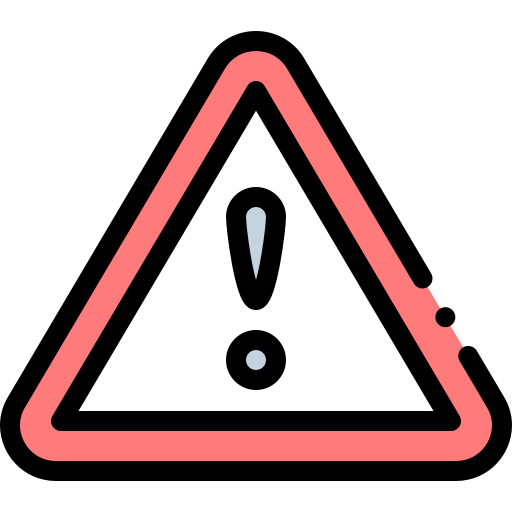
This logo isn't an ad or affiliate link. It's an organization that shares in our mission, and empowered the authors to share their insights in Byte form.
Rumie vets Bytes for compliance with our
Standards.
The organization is responsible for the completeness and reliability of the content.
Learn more
about how Rumie works with partners.
Self-reflection is important for learning and development. It helps you "evaluate your strengths and weaknesses" and "identify areas for growth and improvement." One way to self-reflect is to use the SWOT analysis.
 Photo by Aziz Acharki on Unsplash
Photo by Aziz Acharki on UnsplashSWOT stands for Strengths, Weaknesses, Opportunities, and Threats.
Learn how to use SWOT to look at where you are now in terms of your learning goals and objectives, then discover how you can use that analysis to put your priorities in order and reach those goals.

You'll meet Lisa and follow her SWOT analysis example!
1. Strengths
Begin by looking at your internal strengths that create confidence, build skills, and add to your knowledge.
Strengths are your positive qualities and the resources you have access to. These can be your knowledge, skillset, experience, reputation, or motivation.
 Photo by Vicky Sim on Unsplash
Photo by Vicky Sim on UnsplashLisa's SWOT Analysis Example: Strengths
Lisa is a rising high school senior. She’s planning to attend college but isn’t sure what she should study or what courses to take.
She settles on using the SWOT analysis to make a list of her strengths, weaknesses, opportunities, and threats to help her decide.
Her list of strengths includes:
great attention to detail
highly organized
problem-solving
inquisitive
self-learner,
writing & storytelling
creativity
2. Weaknesses
Weaknesses are those areas that need improvement.
Areas of improvement may include some negative characteristics or limitations, such as gaps in your knowledge or a lack of experience in some areas. It can also include poor habits or low confidence.
 Photo by Priscilla Du Preez 🇨🇦 on Unsplash
Photo by Priscilla Du Preez 🇨🇦 on Unsplash
Lisa's SWOT Analysis Example: Weaknesses
Lisa then lists her weaknesses and realizes that she has some learning goals she can focus on. Her weaknesses include:
fear of failure
self-criticism
lack of experience
poor test-taking skills
3. Opportunities
Look at what opportunities you have. Opportunities are external things you can take advantage of.
This could include learning resources (webinars, courses), situations to take advantage of (mentors, colleagues), networking (social media, career centers), and technological innovations (software, apps, online tools).
 Photo by Dylan McLeod on Unsplash
Photo by Dylan McLeod on Unsplash Think about the occasions or situations that could make it possible for you to accomplish what you want.
Think about the occasions or situations that could make it possible for you to accomplish what you want.
Ask yourself:
Is there a class or course I could take?
Is there some new technology that could help me?
Could I get help from a friend or someone else? Do I have network contacts that could help or offer advice?
Is there a need that I can fill?
Are there any trends I can take advantage of?
 Lisa's SWOT Analysis Example: Opportunities
Lisa's SWOT Analysis Example: Opportunities
Lisa decided to look for opportunities where she could improve. The media center needs an aid, which will give her experience.
Lisa then considers setting small goals to overcome her fear of failure and build her confidence. She also makes a list of past accomplishments and posts them where she can view them every day.
To overcome her poor test-taking skills, Lisa decided to work with a teacher who provided her with strategies for test-taking.
Quiz
There is a new part-time job available at the media center and Lisa is interested. She lacks one of the required skills. What should she do?
Leveraging contacts to get the position may hurt Lisa's credibility, especially if she proves unable to perform the duties required. While skipping the opportunity and looking for another place to work are definitely options, Lisa would miss her opportunity with the position. If Lisa is truly interested in pursuing the position, she should consider ways that she could gain the skills needed to help her perform in the position.
4. Threats
Lastly, consider what threatsyou may face. Threats are upcoming obstacles and can include potential hurdles you may have to overcome.
They're unfavorable external circumstances or dangers you may have to deal with or be aware of, such as competition, disruptions, or learning barriers like resistance to change or fear of failure.
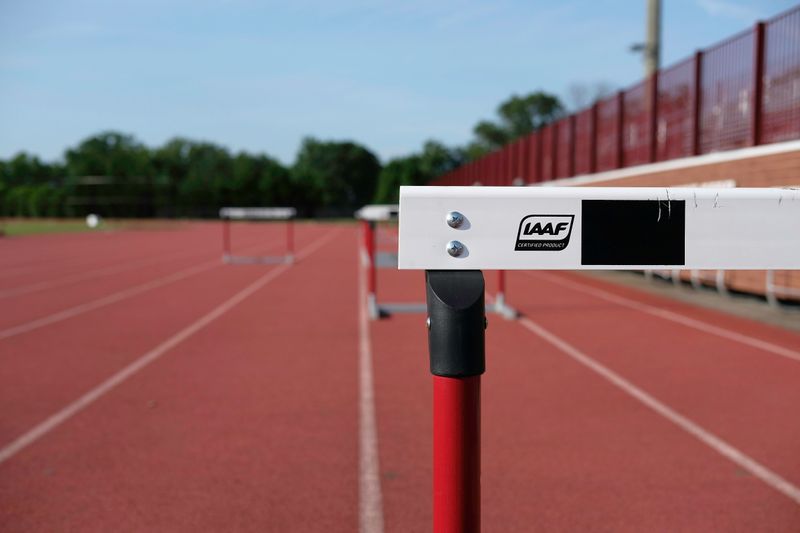 Photo by Blocks Fletcher on Unsplash
Photo by Blocks Fletcher on UnsplashRecognize anything that will hinder you.
What obstacles am I currently facing that are hindering me?
Is there anyone I'm competing with?
What things are changing that are threatening to me?
What things are intimidating me?
Do I have any weaknesses that could become threats?
Am I facing any learning barriers, such as fear of failure?

Lisa's SWOT Analysis Example: Threats
When Lisa gets the media assistant job, she meets her first threat — Lydia. She’s been a media specialist for the last two school years. Lydia has made it clear that she is the “senior” media specialist, which makes Lisa feel uncomfortable.
Lisa uses a little diplomacy and collaboration with Lydia. She explains to Lydia that she’s only working as a media assistant to gain some much-needed experience. She then asks Lydia to train her and teach her what she knows. Lydia agrees and they work together.
Put SWOT to Work
 Photo by Glenn Carstens-Peters on Unsplash
Photo by Glenn Carstens-Peters on UnsplashNow that you've identified your strengths, weaknesses, opportunities, and threats, how can you use these to plan your learning goals? Consider these ideas:
Opportunities
Take courses to develop new skills
Participate in webinars or workshops
Take Action
A SWOT analysis will help you critically look at the value you bring, ways to improve yourself, opportunitiesyou can use to your advantage, and threatsyou can overcome. It makes an effective method for meeting your learning and development goals.
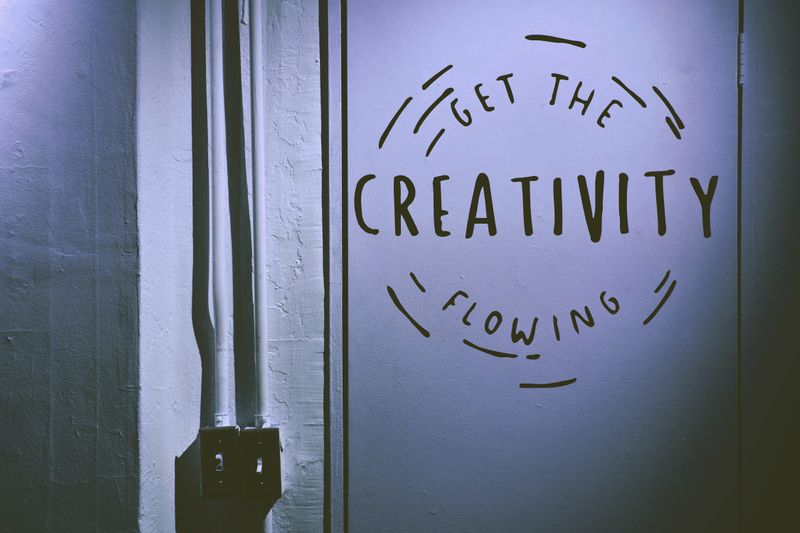 Photo by Tim Mossholder on Unsplash
Photo by Tim Mossholder on UnsplashWith Lisa's story in mind, follow her SWOT analysis example and take steps toward your learning and development goals!
This Byte has been authored by
Wendy McMillian
Learning Designer
B.S., M.A.T.
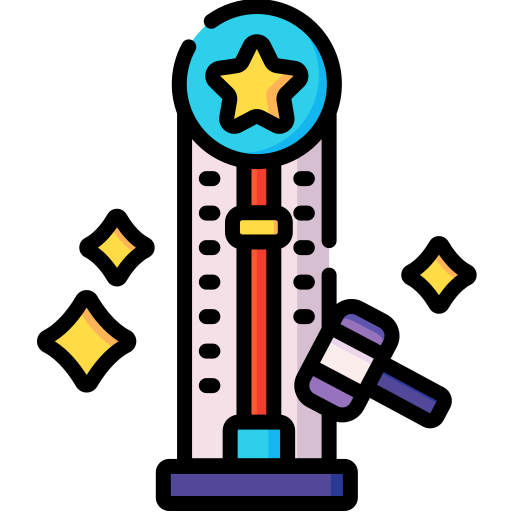

 Make a list of the things you could improve.
Make a list of the things you could improve.